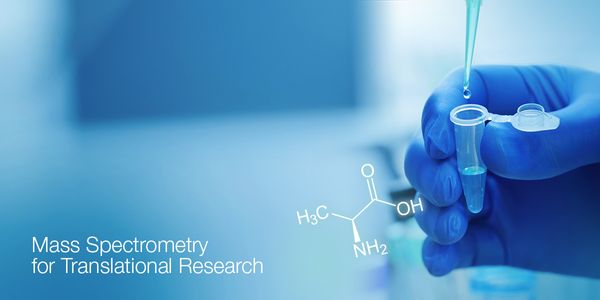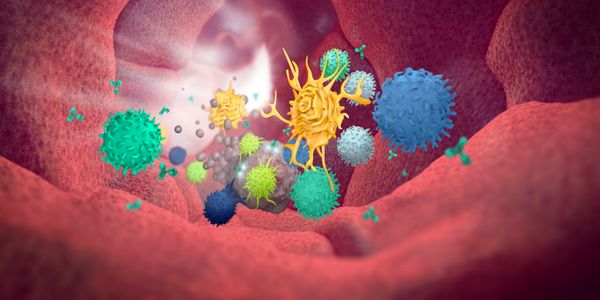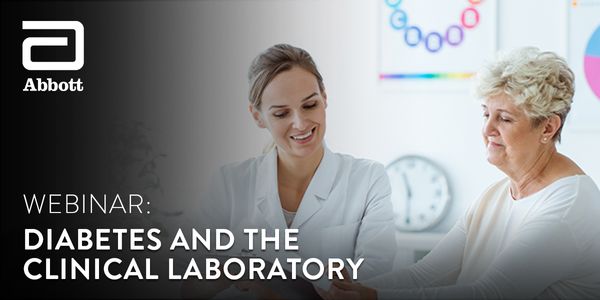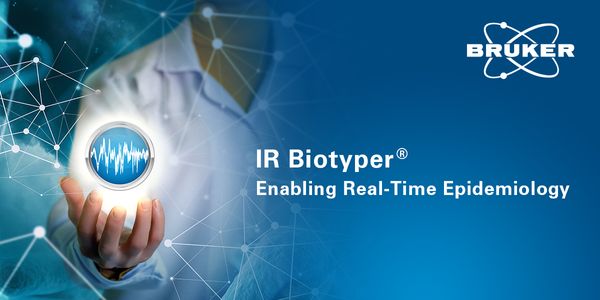Laboratory Testing
Laboratory Testing: Laboratory tests check a sample of your blood, urine, or body tissues. A technician or your doctor analyzes the test samples to see if your results fall within the normal range. The tests use a range because what is normal differs from person to person. Depending on the test, the presence, absence, or amount of an analyte may mean you do have a particular condition or it may mean that you do not have the particular condition.
-
NOV 20, 2020 | 10:00 AMDate: November 20, 2020 Time: 10:00am (PST), 1:00pm (EST) This webinar will provide an overview of the Bio-Techne technologies being used by Biopharma for the development of biomarkers and c...Speaker: Robert Monroe, MD, Ph.D , Christopher Bunker, Ph.D., MBA , Michael Valentino, Ph.D.Sponsored By: ACD, a Bio-Techne brandNOV 20, 2020 | 8:00 AMDATE: November 20, 2020 TIME: 8am PDT, 11am EDT Insulin-like growth factor-1 (IGF-1) measurement by high-resolution accurate mass-mass spectrometry (HRAM) is replacing IGF-1 immunoassays and...NOV 19, 2020 | 10:00 AMDate: November 19, 2020 Time: 10:00am (PST), 1:00pm (EST) 98% of in-patients will undergo a diagnostic test during a hospital stay.[1] With the increased focus on the accuracy of diagnostic...NOV 19, 2020 | 8:00 AMDate: November 19, 2020 Time: 8:00am PST, 11:00am EST Monoclonal antibody-based drugs have shown great potential as a treatment for several cancers. At Miltenyi Biotec, we offer a complete wo...NOV 19, 2020 | 7:00 AMDATE: November 19, 2020 TIME: 7am PST Congenital CMV is the most frequent infectious cause of neonatal malformation in developed nations. Yet, this disease is largely under-recognized by hea...NOV 16, 2020 | 7:00 AMDate: November 16, 2020 Time: 7:00am PDT So far, it has been estimated that 2 billion individuals have been infected by hepatitis B virus (HBV). Among them, 250 million have developed a chro...NOV 16, 2020 | 5:00 AMDATE: November 16, 2020 TIME: 05:00am PST, 2:00pm CET It may be impossible to stop the inexorable move towards pandemic levels of diabetes, but we can improve the glycaemic control in our pa...With QCI services your clinical lab can enable a seamless fastq to clinical report workflow. We provide services such as cloud based variant calling and automated upload of the data to the Q...Speaker: Ajay Athavale
What if your lab could perform exome sequencing with the same sensitivity and efficiency of targeted sequencing? The new integrated QIAseq Human Exome TR Insights solution from QIAGEN delive...
Speaker:
Brian Dugan, M.S.
, Rupert Yip, PhD
Today's presentation will cover the following topics from the perspective of a NYC based Laboratory: What have we learned year to date about CoV-2 and specifically how diagnostic testing...
Speaker:
Vincent Streva, PhD
As many parts of the northern hemisphere move into the colder months and indoors, SARS CoV-2 has begun a second infection wave that has exceeded the first surge of cases in many global regio...
Speaker:
Sean Taylor, MBA, PhD
Cell-free DNA (cfDNA) is a key analyte for liquid biopsy samples. Due to extremely low concentration and high degree of fragmentation, the extraction of cfDNA is technically challenging. Her...
Speaker:
Alexander Wolf, PhD
Testing volumes need to increase by orders of magnitude in order to restore communities back to normality. This workshop focuses on solutions that equip laboratories to participate in expand...
Speaker:
Dr. Jared R. Auclair
, Frank Ong, MD, CPI, CCRP
Presented at: Clinical Diagnostics & Research Virtual Event Series 2020
Sponsored By: Thermo Fisher Scientific
Sponsored By: Thermo Fisher Scientific
In 2012, the Choosing Wisely initiative was commenced by the ABIM with numerous societies putting forward lists of overused tests or procedures. The Choosing Wisely movement has spread to nu...
Speaker:
Jeannie Callum, BA, MD, FRCPC
The nuclear proliferation biomarker Ki-67 has multiple potential roles in breast and other cancers, both as a prognostic but also predictive marker. However, several studies have shown that...
Speaker:
Dzenita Omanovic
























